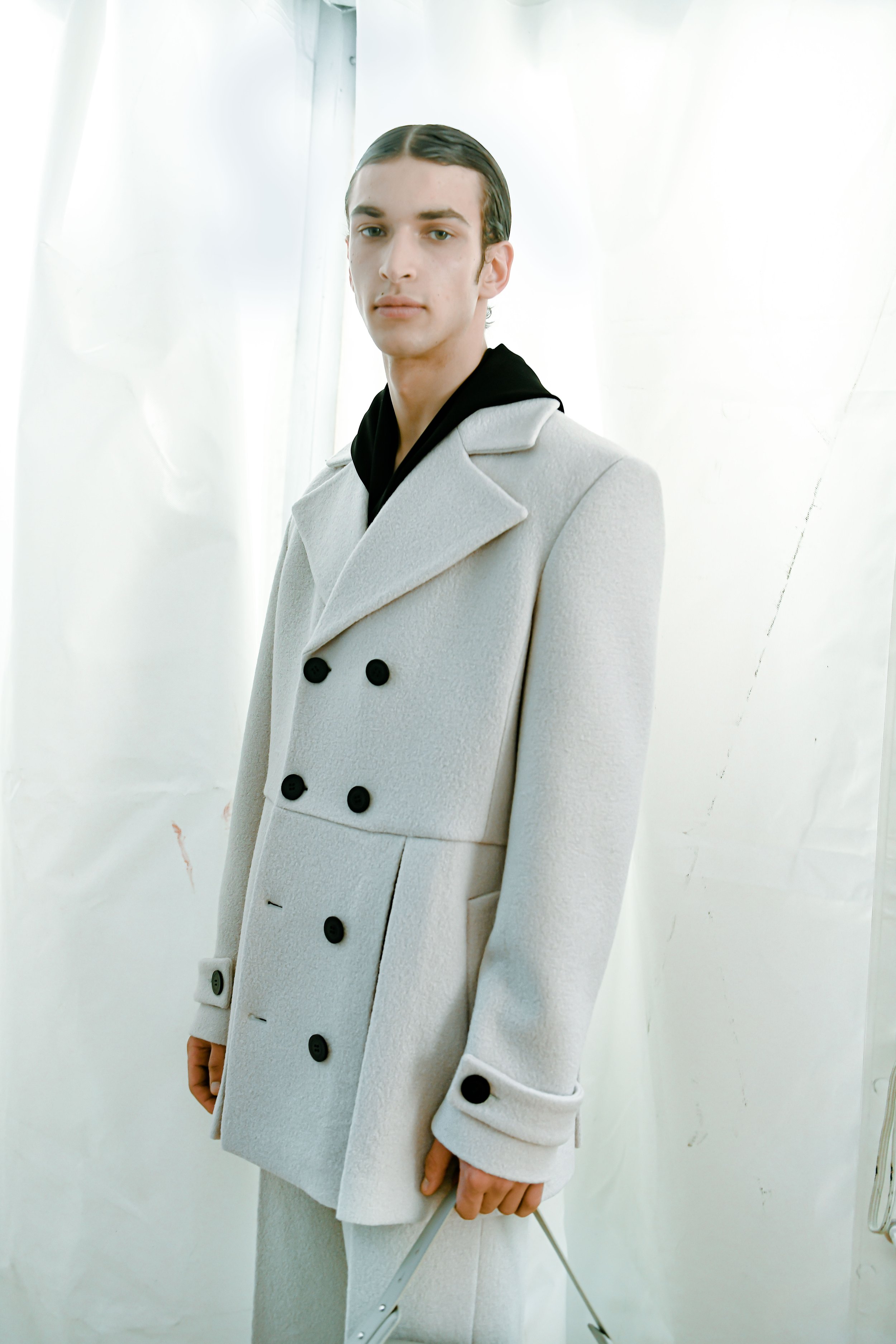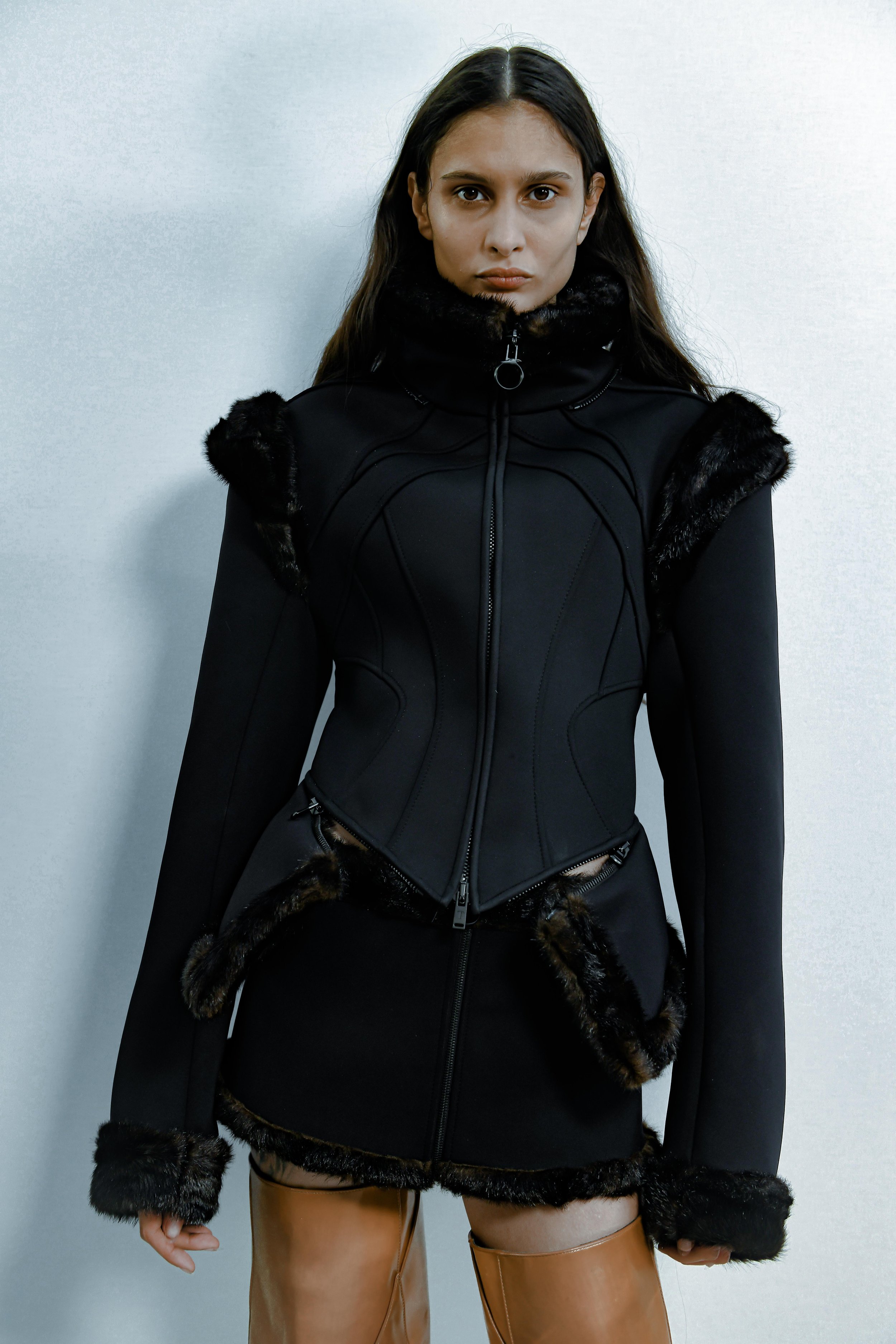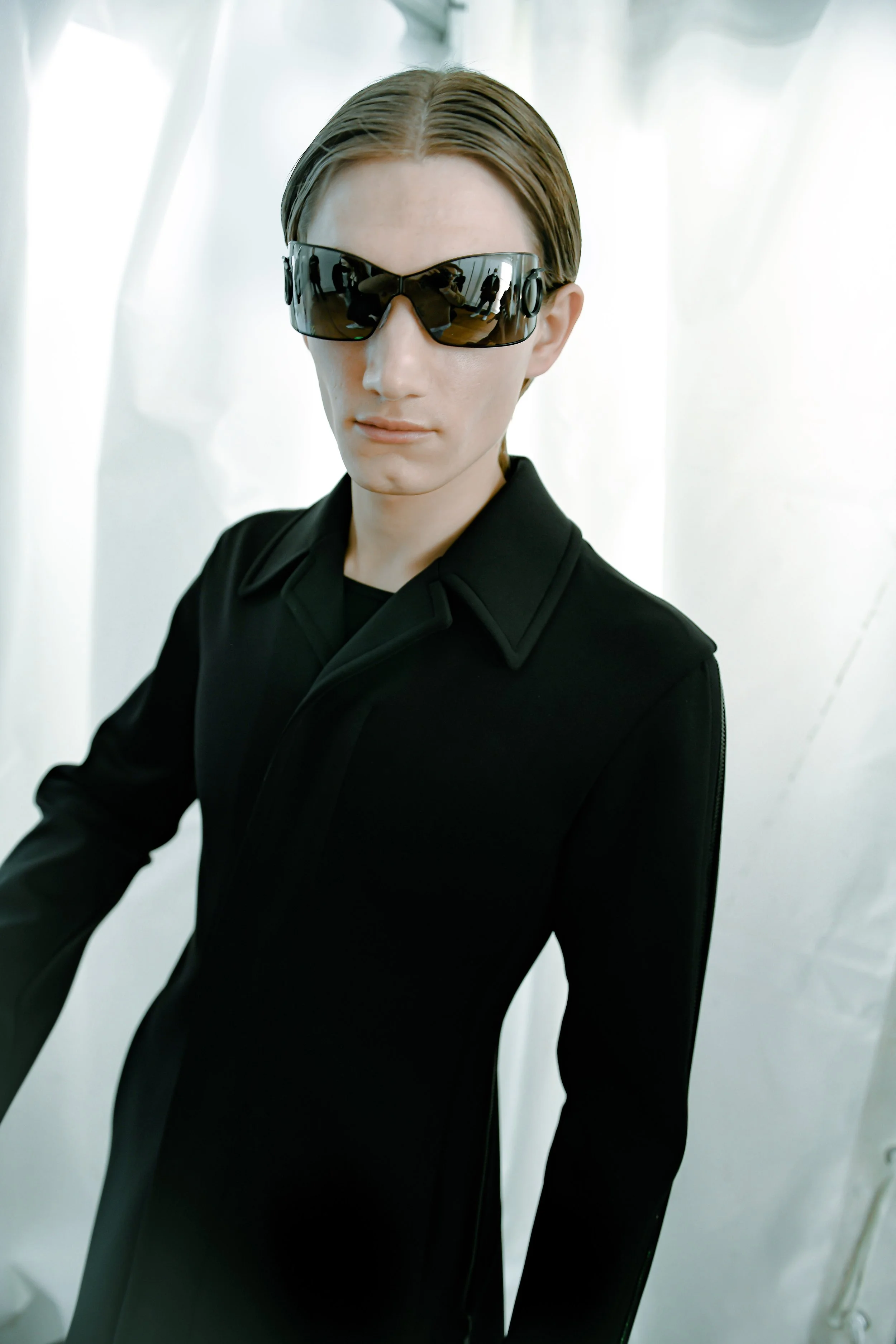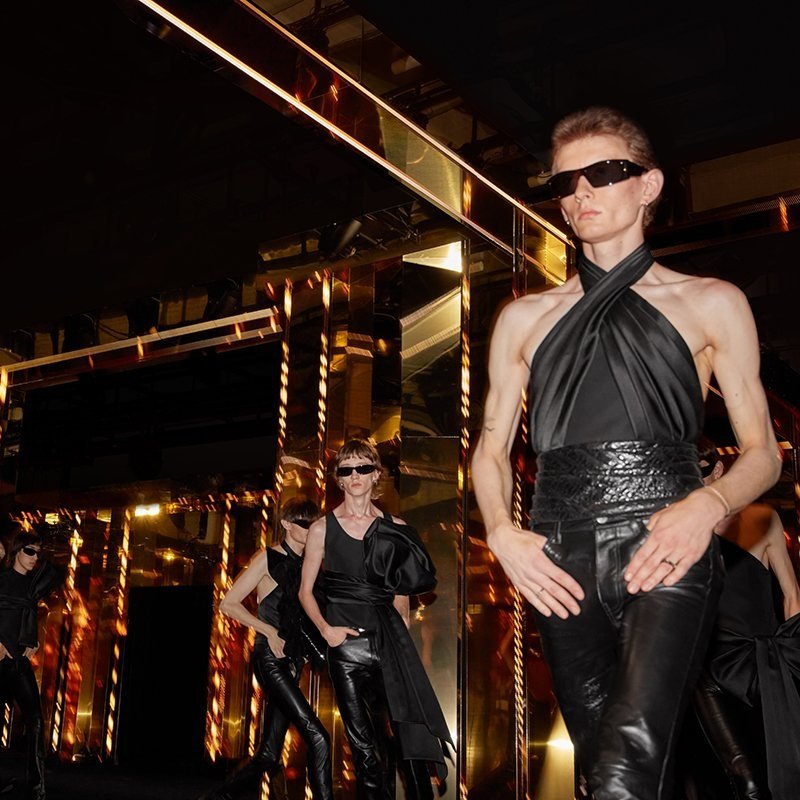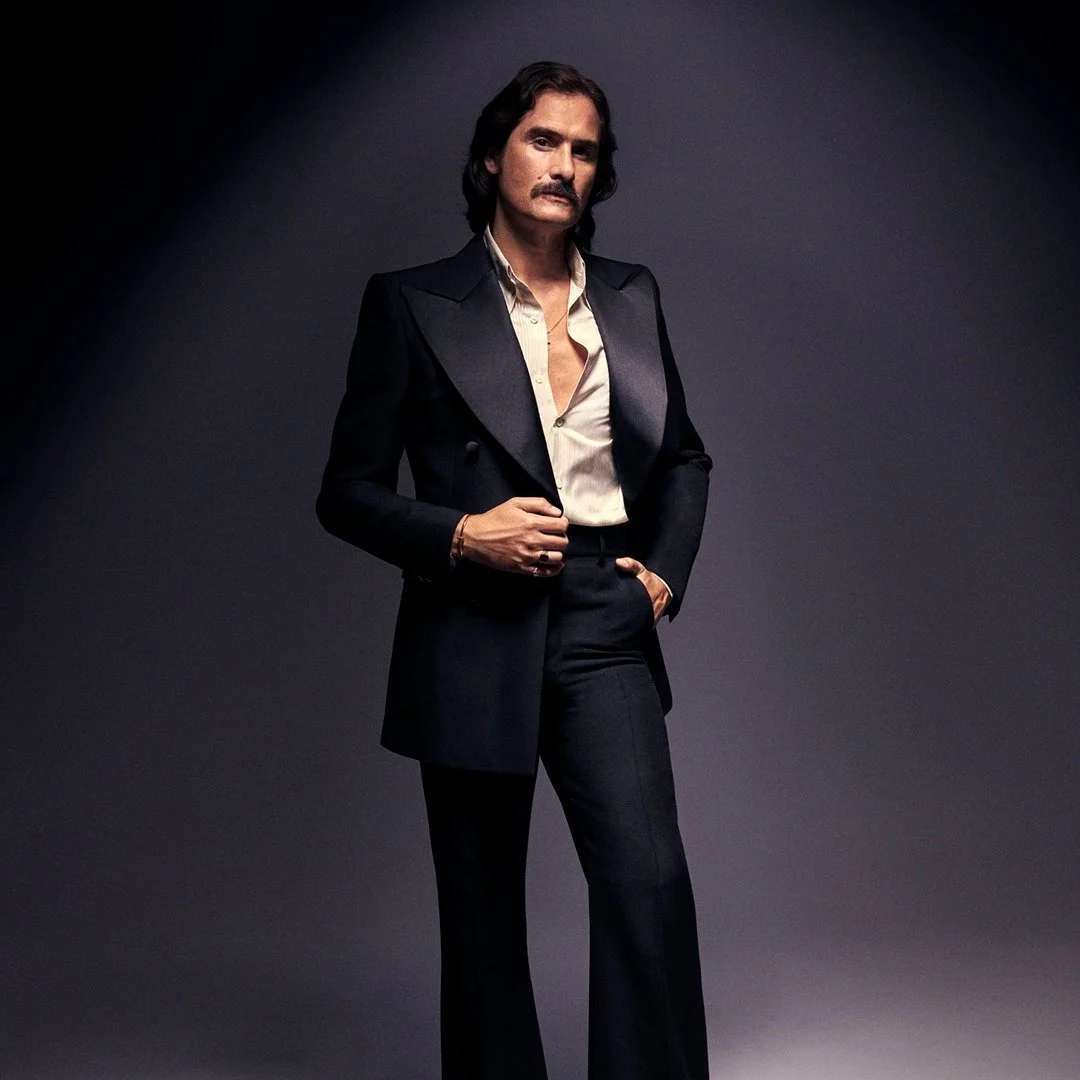Milano: A country where Black and Brown creatives historically have been invisible is in clear transition.
The sun was brightly shining when I arrived at my appointment to sit down with the freshly minted creative directors of Trussardi Benjamin Huseby and Serhat Işık two days before their official debut. There was an air of optimism and change in the air looming over the Trussardi palazzo flanked next to Teatro alla Scala. I wanted to avoid adding yet another conversation to their inevitably hectic schedules, but this conversation needed to be unloaded because for me it was equally about a historic milestone change within the Italian fashion landscape as much as it was to get a pre-scoop on the AW22 show.
Lets preface this conversation: Maximilian Davis was recently appointed creative director of the storied Florence house Salvatore Ferragamo, Lawrence Steele in Milano is the creative director of Aspesi since 2020, and the Italian Rome-based designer Stella Jean is the only registered black member of the Camera Nazionale della Moda Italiana who has insisted that she would not return to the schedule until she was not alone. A country where black and brown creatives historically have been invisible, is in clear transition.
For Ben and Serhat this transition shall not be about optics from the outside, but diversity shall exist from the inside out. I was so emotional and smiling from ear to ear to see them both sitting firm and prepared to pivot towards the future.
I expected nerves on edge and hysteria, but in reality what I found was hot tea, calm, and clarity.
Post interview on the morning of the show I stopped back in to give pre show well wishes, and on the way out I ran into Trussardi CEO Sebastian Suhl who oozed such calm and confidence considering what was to come, beyond him sitting on a stoop I noted a bevy of diverse models like Aweng Chuol , Kai-Isaiah Jamal, Debra Shaw, and Ceval Omar looking beautiful and glorious in the centre of Milano quickly reminding me that this was now an intersectional space in the making.
I chatted with Benjamin and Serhat about shifting times, the transition of the Milanese puffer, the urgency of sustainability, and the perfect detail.
Ed: Benjamin and Serhat, you are coming from Norway and Germany into Trussardi, a house with so much Italian history and power in Milan, how did you arrive at the point of convergence with this iconic brand?
Benjamin and Serhat: That is a very difficult question to answer (both laugh). We are very much the type of people to let our actions speak louder than our words. There are many layers to reaching this point, we built a brand from scratch, and we were able to develop into a social context where before people were not thinking about fashion being political or social, whereas now everything is considered and explored through it.
Ed: The beauty of the curiosity behind the new era is that with the new logo and symbols of Trussardi you are changing the perception of the brand, and those are important signifiers towards making your mark. What was your intention behind those changes?
Benjamin and Serhat: What really interested us was that for our generation, we didn’t grow up with the sartorial style of Trussardi and younger people in general didn’t know the history and identity of the Italian house, so this gave us a really liberating sense of freedom that we were able to shape it the way we want to - without any pressure. We are working with the concept of the past, converging the fantasy and reality of time and space. We also felt ready and curious to dive into the archives and find a way to reinterpret some of the historically iconic pieces. This challenge was also empowering to us, as a statement having outspoken, brown designers take over a previously traditional house. But traditions do not matter anymore, because we do not process fashion in this manner anymore.
Ed: It’s very interesting to see two expressive BIPOC designers, in Italy, where you rarely see anything different on the fashion landscape, having an independent brand that has a very strong following. Arriving into Italy, not speaking Italian, with a different interpretation brings the beauty of international influence on fashion, driving it forward.
Benjamin and Serhat: Of course, we studied the history and identity of the house in detail, however we didn’t want to be weighed down, feeling like we have to live up to particular expectations and that is what is most freeing. If I speak to an older Italian gentleman, he would have a very specific memory of Trussardi and that would already bring a level of bias where he would not be able to completely step away from it. I really thought this time was very much needed, for two outsiders to come in with a very different perspective injecting completely different creativity. And I also think that doesn’t mean that it is disrespectful to switch things up, I think it’s about creating a new chapter for this house.
Ed: Let’s talk about the greyhound symbol, what is your story and significance behind it?
Benjamin and Serhat: It was originally chosen as iconography of aristocracy, which has had a level of “bougieness” , which we obviously love playing with and deconstructing. There is a subversive interpretation of that, bringing in a sense of cyclical feeling - a life cycle and metamorphosis. Animals are also a beautiful extension of humans and we find comfort in them. It was previously associated with the house in a very strict way and in the beginning we didn’t know exactly where to take this symbol. At first, we didn’t want to have it in the new identity, but after multiple renderings and tweakings, we were able to create a hyper-modern and eternal emblem that reflects what we are doing, and the circle of regeneration.
Ed: We initially met at the club, and I know that GmbH culture was deeply involved in club culture, alongside upcycling and utilising dead-stock, carving its own zeitgeist and universe. Are these two things going to be translated onto your work at Trussardi, and how would you incorporate them?
Benjamin and Serhat: These are personal values that we have always had personally, and we bring along wherever we go as part of our own lives. We see it as a necessity and way of life, however we also need to acknowledge that we are an independent niche brand at GmbH, and it’s much easier to incorporate and implement decisions. The decisions at a bigger house take more time and come with their own process, however we are here because they want us for our visions and values, therefore we are already implementing and discussing. We aim to always have full transparency, and always create an honest conversation about those details.
Ed: Talking about the AW22 collection that you just debuted in Milan in February, how did you start developing it, did you look inside-out or did you take a completely new approach?
Benjamin and Serhat: When we arrived, there was a nervous sense of questioning and discovery, we kept thinking about “are we doing a show? ; are we going to strip everything down? ; are we literally taking all of the old walls apart?”. We really saw so many little details and symbols in a house that has been neglected for 25 years, echoing the sense of a sleeping beauty that is just ready to be awakened and blossom. We played a lot with the crossover of fantasy and age, through a mythical perspective, almost excavating and discovering every part. We also were interested in reality, and how that discovery has translated into 2022 and the current COVID era. In one of our first days working, we kept seeing the Piumino jackets and seeing them represent a very old, particular sense of style that did not excite or appeal to people anymore, so we sat down and started playing with how we can make them ours, how we can make them appealing. We work with a lot of animation and garments that are part of old-school Milanese fashion, reworking them and making them into a modern, creative garment. We almost felt like creating personas and people, their character and story of life, mirroring their identity into the different historical ages.
Ed: How does it feel to be two Brown designers leading an Italian fashion house, especially in the current climate?
Benjamin and Serhat: I think it adds so much importance and weight to the job, and to people out there, having two designers that are from a Muslim heritage, talking openly about the culture and being outspoken within the space. We are not only Brown, but we also speak about it in a space that often refuses to acknowledge that racism and bigotry exists. The main part of it is that we want to change the culture and bring people along with it.
Serhat: When I was at fashion school 12 years ago, I created my collection around Islamophobia and the notions of it, and I was not allowed to defend it in any way. Nowadays, we have gone from that notion into a pre-identity era where we can all talk about the construction of our identity. I have been on this journey my entire career in order to end up here, and the feeling is about the next steps, the awareness and the pressure of what follows next. This position can be very fragile, you start to question whether people are going to shift their focus, whether they will exploit us for 2-3 seasons and then leave us hanging. Inside of me, there is no ultimate space of joy, I look at the next challenge, establishing the culture that we all so deeply deserve.
Perfect Detail?
We created our take on the hijab, both for men and women in the collection.
Perfect Place in Milan?
It would be this crazy cemetery, it sounds dark but we find deep peace in exploring cemeteries.
Perfect Fabric?
Pom-pom knitwear for sure, we love the texture.
Perfect Place to Relax?
We personally love being in the countryside, cooking a meal with fresh ingredients, peaceful and tranquil.


